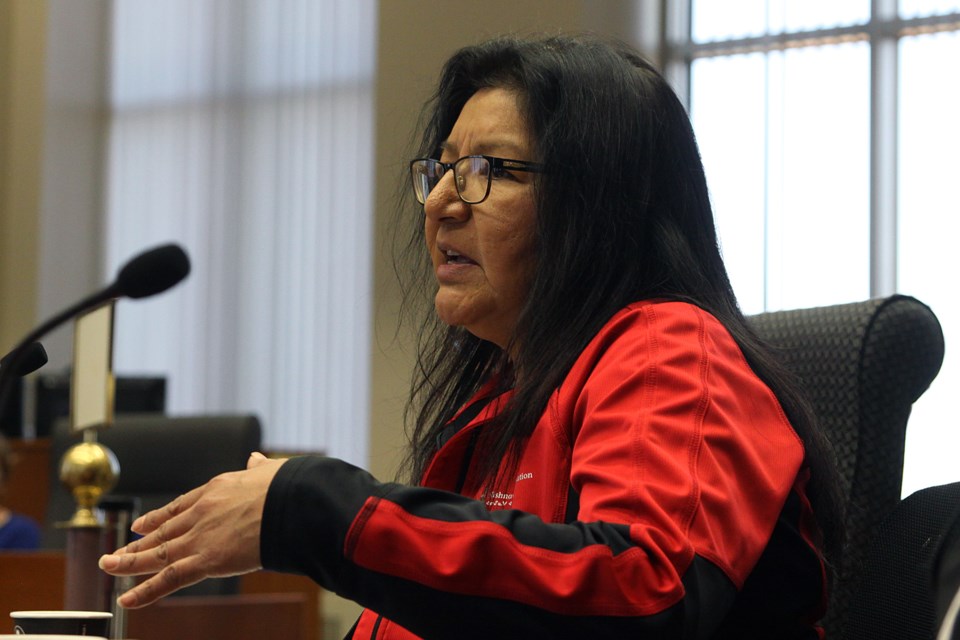THUNDER BAY – Nishnawbe Aski Nation leadership is urging city council to install cameras in identified high risk areas throughout the city, an initiative the organization’s deputy grand chief believes can save lives.
Deputy Grand Chief Anna Betty Achneepineskum – along with NAN youth council member Randall Crowe and elder Abe Kakepetum – appeared before Thunder Bay city council on Monday to advocate for increased surveillance in various locations throughout the city.
The calls for adding cameras along waterways have intensified following the deaths of 17-year-old Tammy Keeash and 14-year-old Josiah Begg last month after the bodies of the two teens were found in rivers.
Keeash, from North Caribou Lake First Nation, was found in the Neebing-McIntyre Floodway on May 7 just hours after being reported missing while Josiah, from Kitchenuhmaykoosib Inninuwug First Nation, was found in the McIntyre River on May 18 nearly two weeks after he was last reportedly seen.
But as council was reminded, the latest deaths are just the continuation of a tragic trend.
“These are not the only two young people. We have lost many in this city that were found in the waterways,” Achneepineskum said.
“I find it very disturbing that we don’t have those cameras where the lives of these people were taken where they were found. When I say taken, some of us believe there was criminal activity that caused the death of these young individuals.”
The deaths of the two brings the number of Indigenous teens found in city waterways to seven since 2000. The other five river deaths were part of a coroner’s inquest into the loss of Indigenous students between 2000 and 2011 who were in Thunder Bay attending high school from remote First Nations communities.
That inquest produced 145 recommendations, directed at multiple levels of government and Indigenous organizations.
“We’re not expecting you to do this on your own. We are here to support the efforts of the city to comply with our request,” Achneepineskum said. “We feel it will save lives. We feel it will provide safety for our people, not only the students but other people here in the city.”
Over recent months NAN has spearheaded a Bear Clan Patrol in Thunder Bay, a safety group where volunteers venture out to identified high-risk areas three nights each week.
Coun. Shelby Ch’ng questioned whether installing cameras alone would make a substantial difference, to which Achneepineskum responded she believes in some cases there has been a criminal element causing some of the deaths even though police investigations have found no evidence of criminality in any of the cases.
“We believe that having cameras at certain river ways will be a deterrent,” Achneepineskum said.
As part of the inquest recommendations, the city undertook a river safety audit of three identified high-risk areas. The safety and security consultant leading that exercise was directed to give consideration to installing cameras.
Next Monday council will receive a report on the city’s response to the inquest recommendations as well as a preliminary update on the river safety audit.
